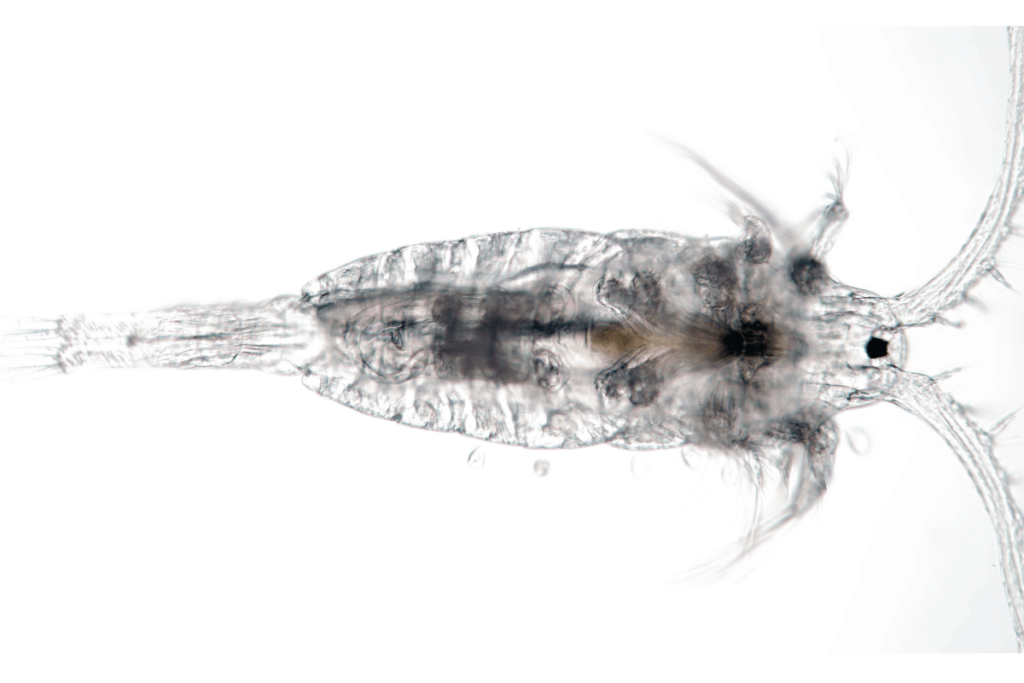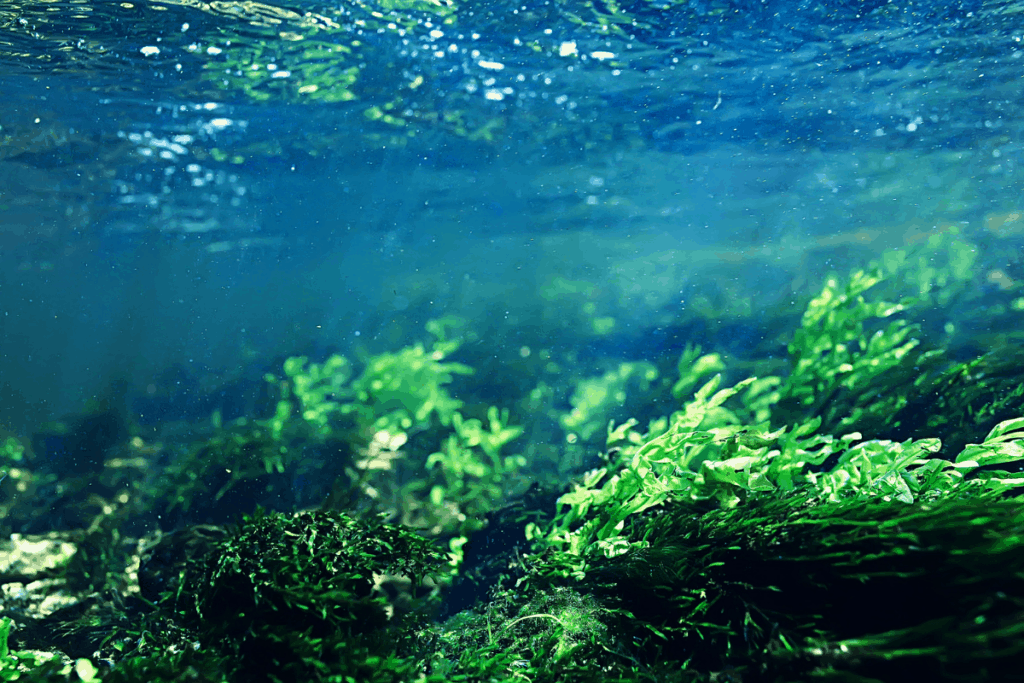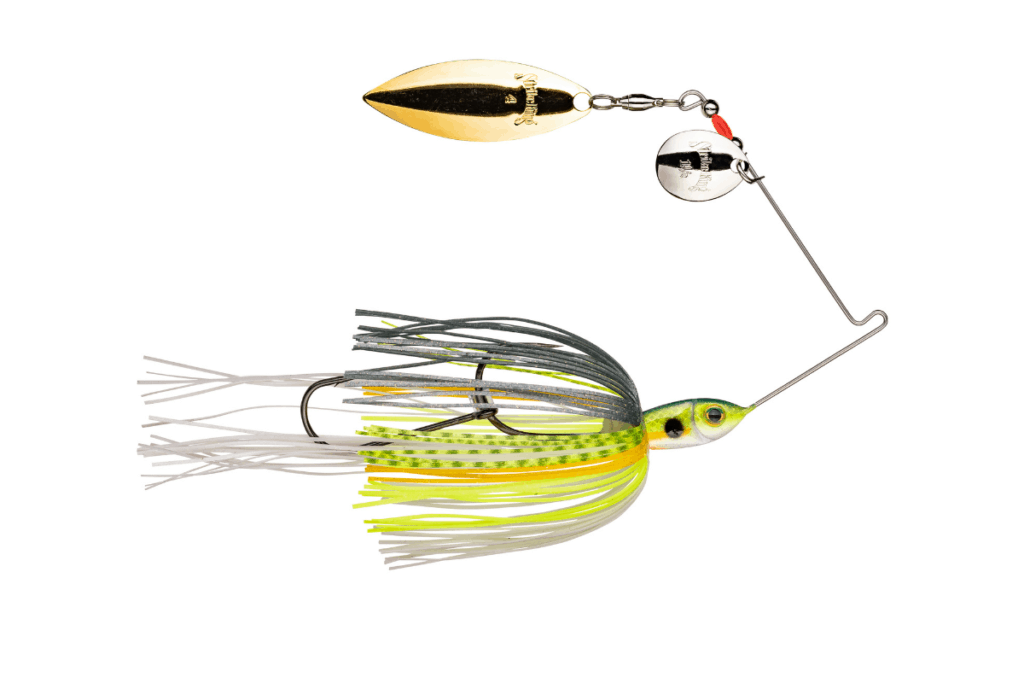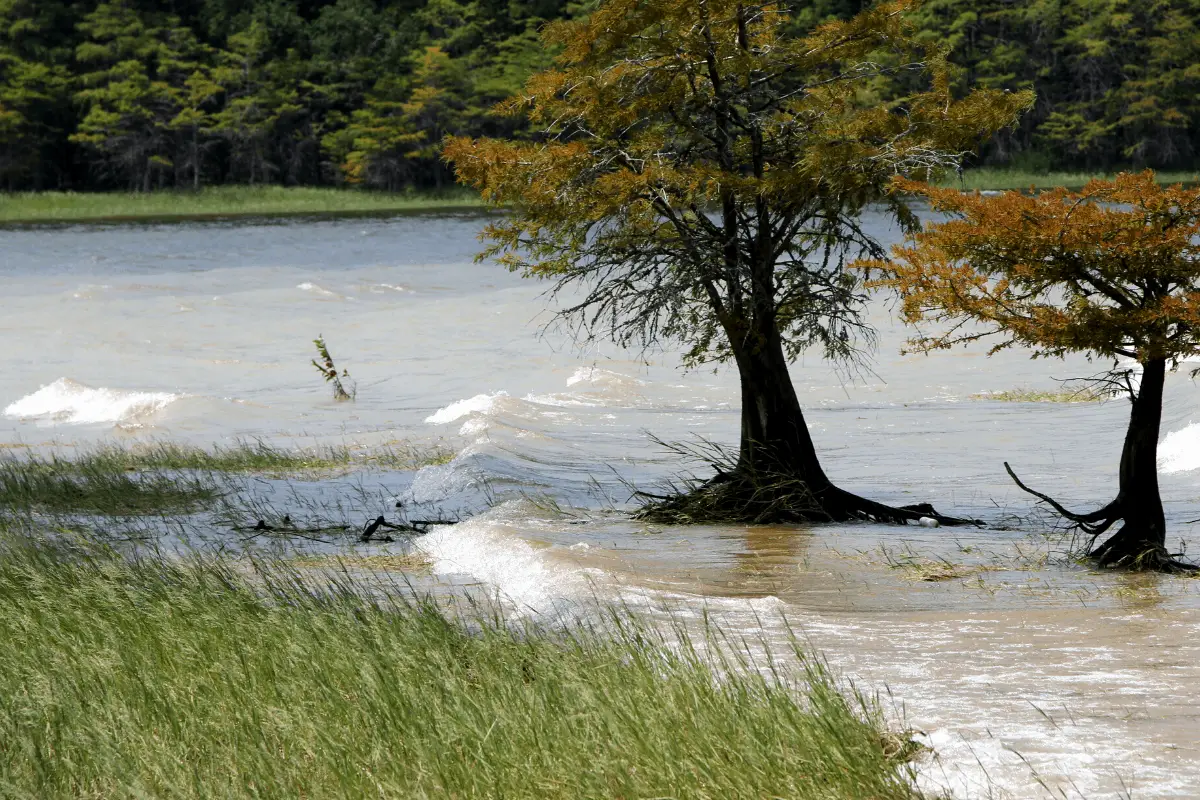Bass fishing and the wind is a love-hate relationship. Most anglers despise dealing with it, but the benefits of fishing the wind are many and worth the hassle.
Anglers who accept the challenge of fishing the wind are going to be the beneficiaries of several positive situations. Wind activates the food chain, it enlarges the strike zone, creates current, allows anglers to get closer to the bass, provides the opportunity to cover more water, the bites are stronger and no one else may be near you.
In this article, I will break down each of these positive benefits to fishing in the wind and discuss what lures are excellent at calling up big bass in these conditions.
The Wind is Going to Blow – Count on It
Depending on the time of year, the wind is going to rear its ugly head and cause anglers frustration and many headaches.
Springtime fishing and wind are synonymous terms.
Most anglers avoid wind-blown banks and head to protected coves and pockets.
For those hardy souls that understand how to use the wind to their advantage, a bass fishing bonanza may be your reward.
Positioning
Whether fishing from a boat or walking along a shoreline, facing into the wind is always the best scenario.
I know this makes casting difficult and feeling a lure challenging, but it makes a difference.
Boat control is much easier when cutting into the teeth of the wind. Anglers can move at a predetermined pace and not blow right past critical cover or structure.
This allows for higher percentage casts and more accurate placement of lures.
If the shoreline is perpendicular to the direction of the gale, anglers will be standing on the boat deck and casting with the wind. Boat positioning is more challenging in this situation, but do the best you can to keep the bow heading into it.
If needed, crank up the big motor and run down the shore and then turn around and start back up with the trolling motor.
Equipment Adjustments for Fishing in the Wind
Baitcast reels need to be adjusted to cast into the wind without blowing a complete rat’s nest with the spool.
Both the spool tension and braking system should be tightened to make casting less hazardous. It will take a few practice casts, but once the reel is reconfigured to handle the wind you can make cast-after-cast without troubles.
The trolling motor on the boat should be cranked up to match the power of the wind. This gives anglers the chance to move at a slower pace if needed and keep the boat heading the right direction.
Fishing with a strong wind means lure weights also need to be adjusted if attempting to use bottom contact lures. Fluorocarbon line is also a better choice because it cuts through the air better than mono or braid. If using braid, try to make casts that are lower to the water to keep the line from getting swept up.

1. The Wind Activates the Food Chain When Fishing
The wind gets the food chain going.
I have fished down a shoreline when conditions were calm and had zero bites. Later in the day the wind picked up and smashed into that same shore. The food chain got going and the bite was hot.
Microorganisms, like zooplankton, are dislodged by the waves crashing into the banks.
Small creatures, like minnows and baitfish, respond by moving in to have a feast.
When the bait moves shallow, so do the bass.
In certain cases when the wind is strong enough, it will pin the baitfish to the bank and keep them there. When that happens all three species of bass will gorge themselves.
Anglers that avoid the wind miss this opportunity.
2. Enlarges the Strike Zone
Anglers are not surprised by the fact that most bass like to hide in cover and refuse to move very far when a lure comes by them.
Lowlight periods are a favorite among anglers because the bass are more likely to come out from that cover and attack a lure.
The wind creates the same effect.
The waves across the surface of the water cut down the amount of light penetration and give the bass a sense of protection in the dimmer conditions. The result is a willingness by largemouth, smallmouth, and spotted bass to go on the search for food instead of letting it come to them.
The diminished light penetration will also draw bass shallower than normal. Summer bass will move up from deep water haunts and cruise a shoreline that is battered with waves. This also means larger fish are prowling the shallows.
The average size of fish caught is often increased by being out in these conditions.

3. Creates Current
Wind-generated current is helpful to bass anglers because it puts the bass in predictable positions.
Not only will the fish be on the windiest shorelines because of the bait, but if the wind is strong enough, the fish will also face into the current just like in a river system.
The other day I was idling through a small cut that was getting hammered by a west wind. The vegetation in that funnel was being bent so far towards the east it actually appeared as though I was on a river instead of a lake.
When that happens, the bass will come up and face into that current waiting for an easy meal to happen by.
The current beating on wind-blown banks is good, but when anglers can position their boat or bank fishing position to cast into the wind to catch the bass facing away from them, the possibility of an amazing outing is in the works.
4. Anglers Can Get Closer
It is safe to say that most bass know we are there before we ever cast a line.
This is especially true when fishing shallow cover or fishing from the shore.
Anytime an angler can get closer to bass without the fish being alerted to our presence, the odds of catching increase. As an added bonus, we are more likely to catch a bigger fish.
It can be frustrating that we cannot see into the water as far, but just remember, we are not seen either.
5. Cover a lot of Water
When the fish are more likely to chase that means bass anglers can use lures that allow for more water to be covered.
This moving down the shore at a quicker pace ups the odds of locating a group of fish that are willing to bite. At that point, an angler can slow down and fish an area thoroughly once the initial bite tapers off.
Be on the lookout for irregularities in the shoreline that offer ambush points as the wind blows the water over it.
Isolated vegetation, a rock pile, the leeward side of a dock, and main lake points are all perfect places for schools of fish to set up and strike.
6. Bites are Much Stronger in the Wind
If you like arm-ripping strikes – then this is the time to be in the wind.
So often, the bites we feel are light and just a slight thump. It is fun to have the lure hit so hard the rod jumps in your hand.
Even bottom bouncing lures are taken with more aggression. This often is a result of multiple predators in the area all feeding at one time.
If you get a bite and the bass immediately starts to swim away quickly, you can bet there are others down there attempting to take that morsel away. Take advantage of that situation.
My family got on a frog bite in a very strong wind one time that was unforgettable. Three anglers were catching quality bass at the same time for nearly twenty minutes. It is a moment that was created by the wind.
7. Odds are – You’ll Have No Competition
One of the best reasons to hit the windiest shorelines is because most other anglers will not be there.
While the protected bays and coves may see a lot of fishing pressure, you most likely will have the entire wind-blown bank to yourself.
When the bass are biting this is a glorious situation to look both directions and see no other boats.

Lures for Fishing the Wind
As I mentioned earlier, I love to cover a lot of water when fishing the wind and I choose lures accordingly.
Horizontal movers like crankbaits, spinnerbaits, jerkbaits, swim jigs, and walking topwater baits are perfect for locating fish.
Many wind-fishing aficionados will advocate that a spinnerbait is the best lure in the tackle box when it comes to finding bass in the wind.
It is a good one.
Matching the Forage
It is still critical to match the forage as close as possible when fishing a wind-blown bank.
If your home water has threadfin shad being pushed into the shallows, choose appropriate colors and blade sizes. If bluegills are the prey of choice, the same color selection process applies.
When the water is stained or dirty rigging up lures with solid color patterns in blacks and black-blues is a popular choice.
Final Thoughts
Fishing in the wind can be downright annoying, the these seven benefits make it worth the trouble.
Take a few moments to properly adjust your equipment and then be ready.
These seven positive benefits are proven on waters from coast-to-coast.
- The Food Chain Activates
- The Strike Zone Enlarges
- Current is Created
- Anglers can Get Closer to the Bass
- Lots of Water Can Be Covered
- Bites are Stronger
- You May Be All Alone
Tight lines. Be safe and make sure to encourage someone today. You never know how you may change their life forever.
Isaiah 6:8

